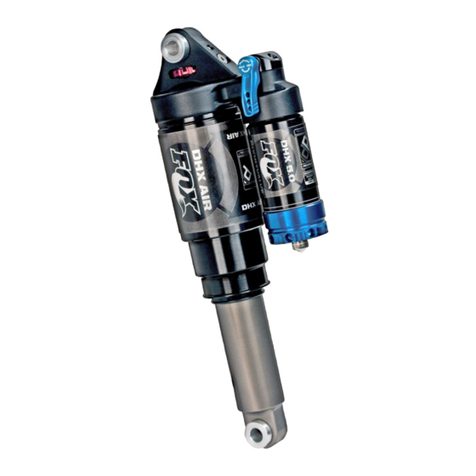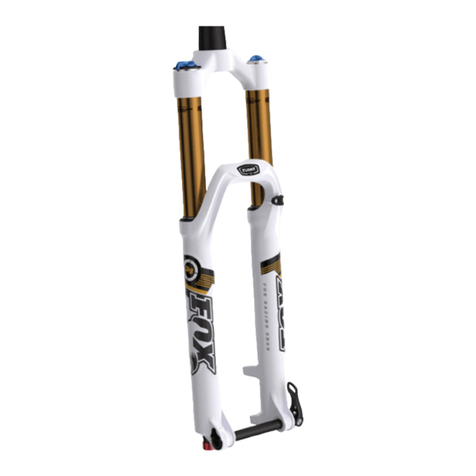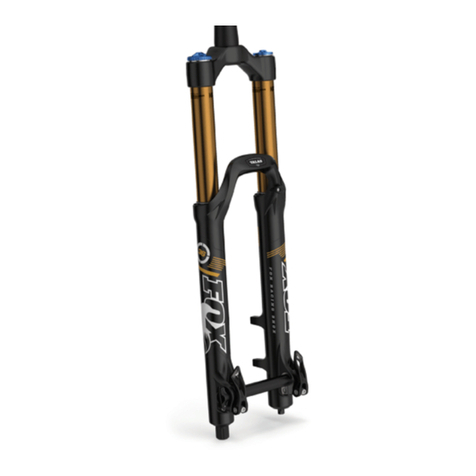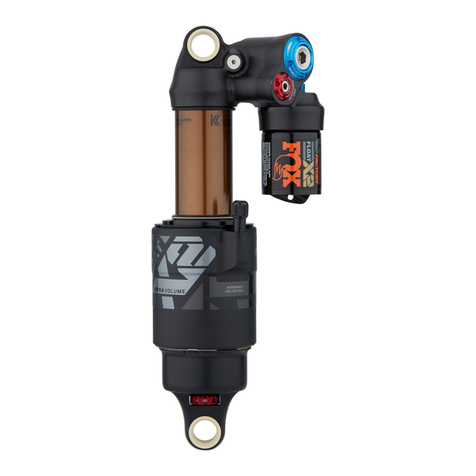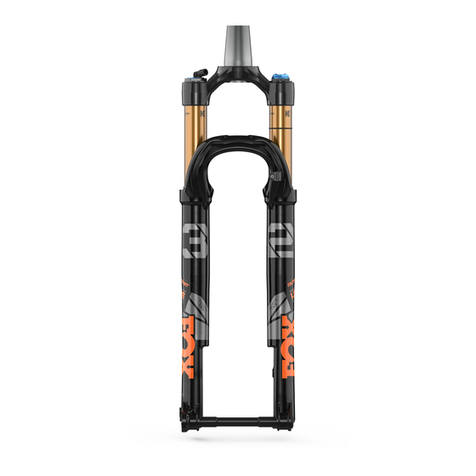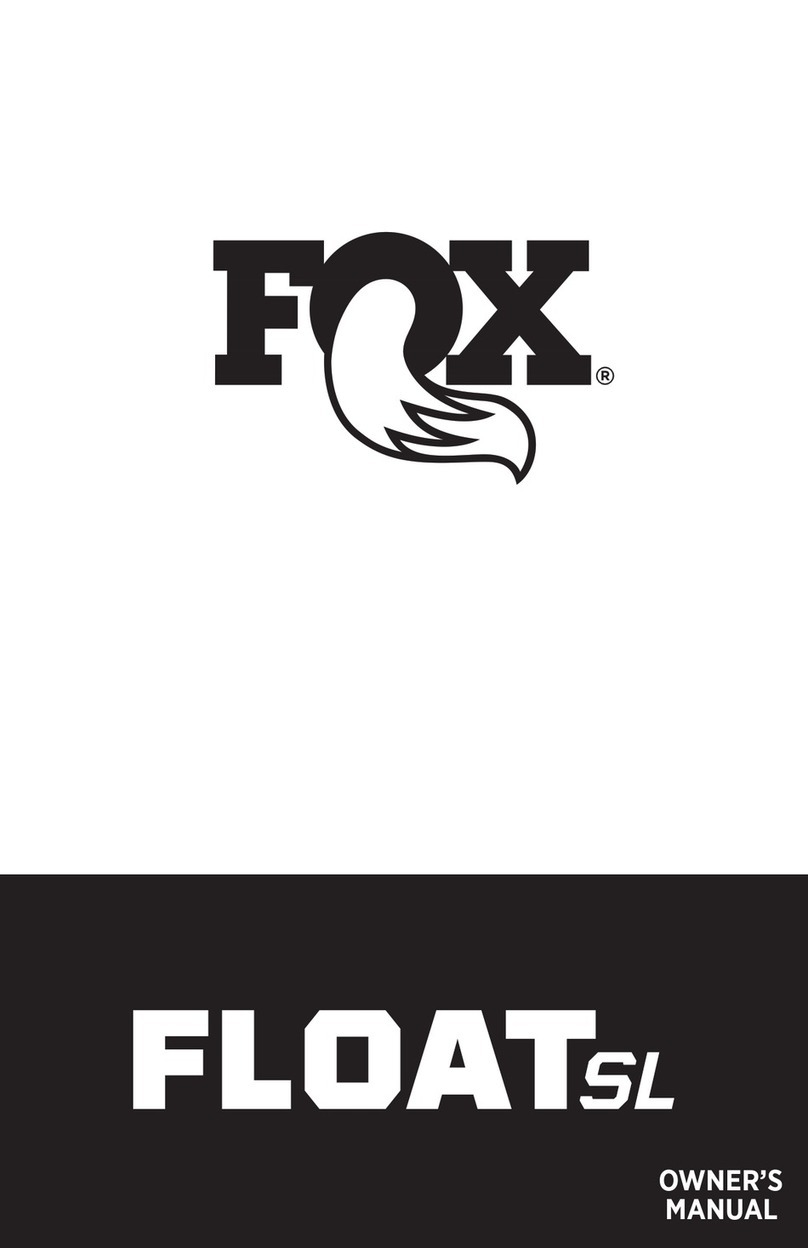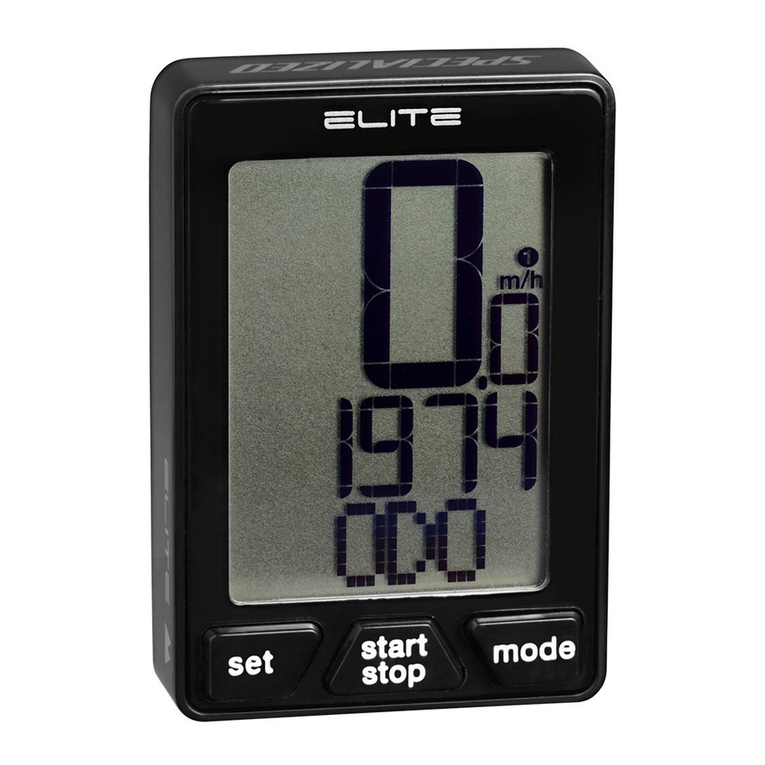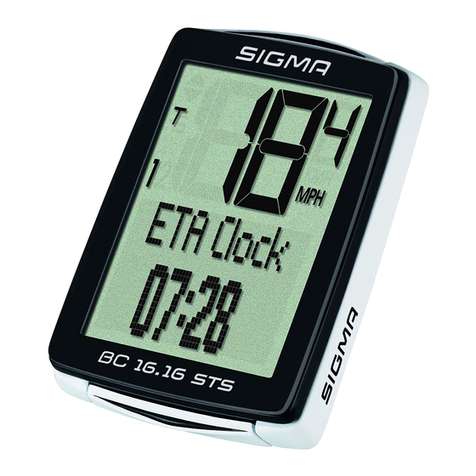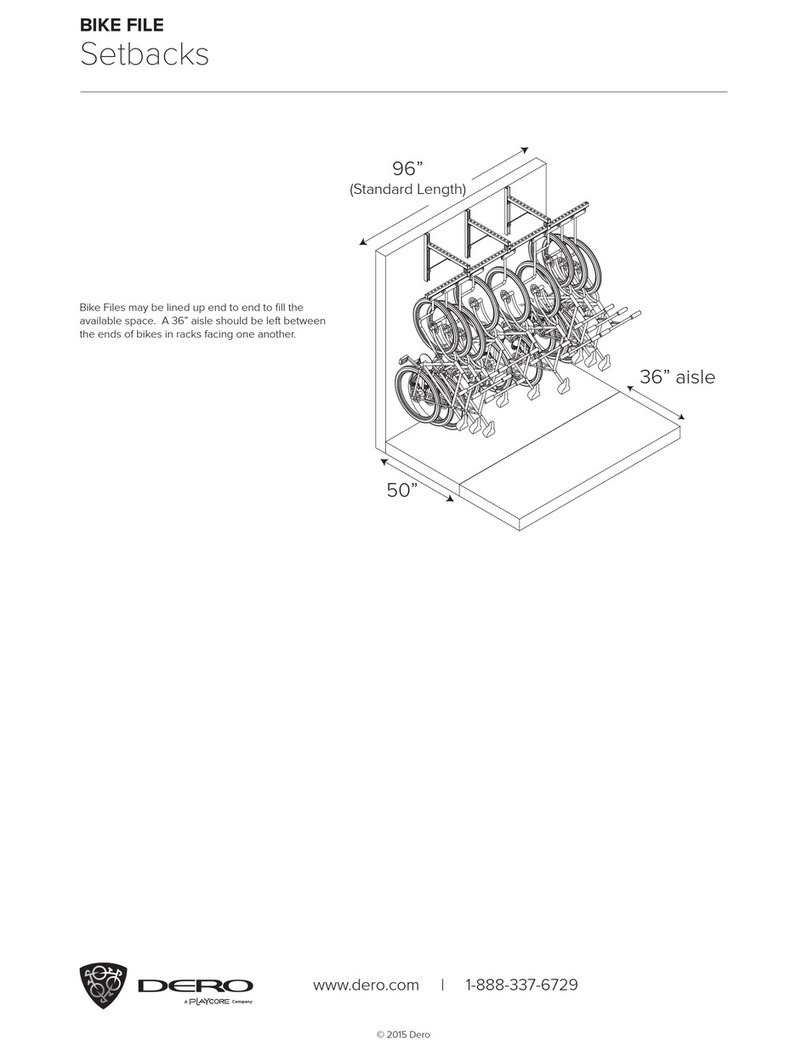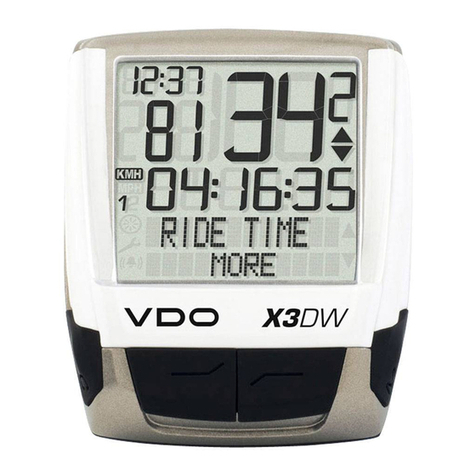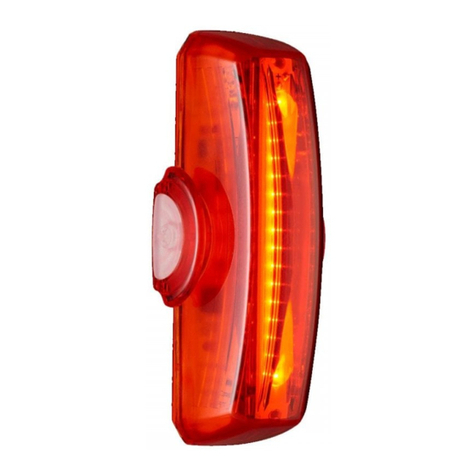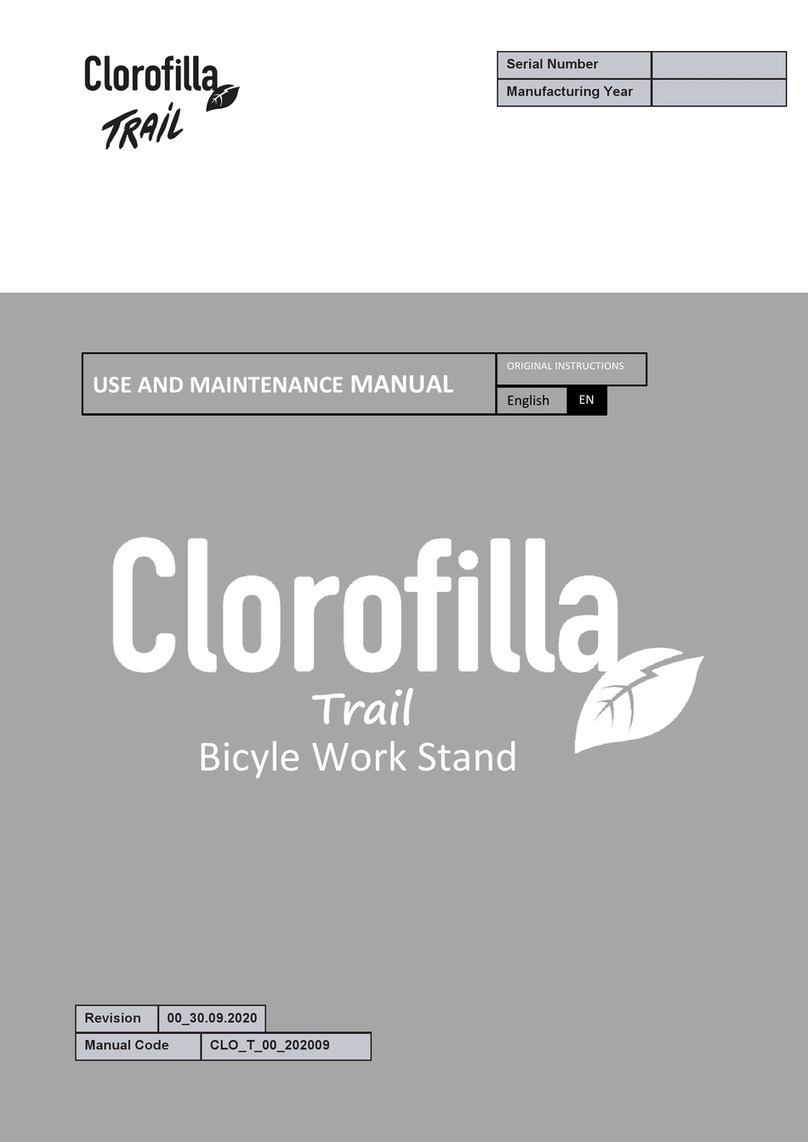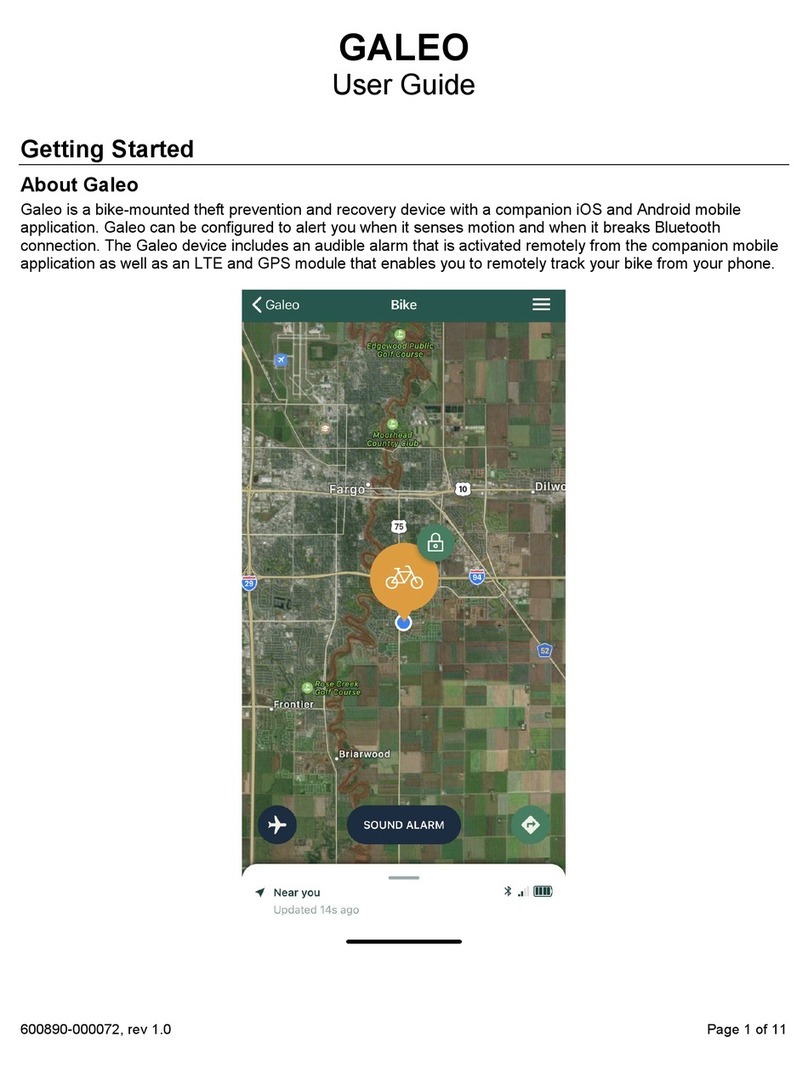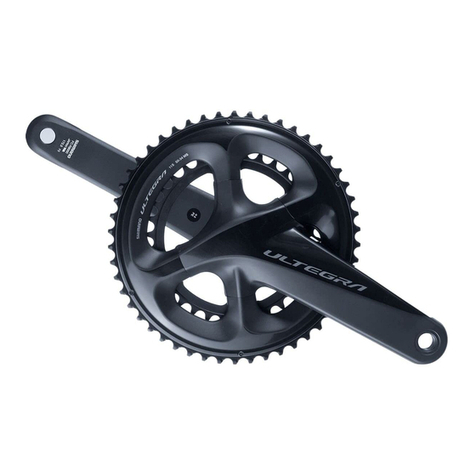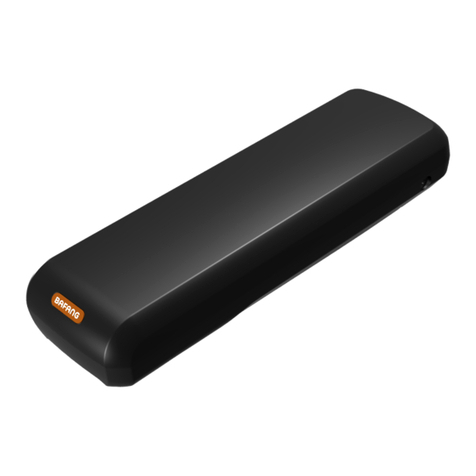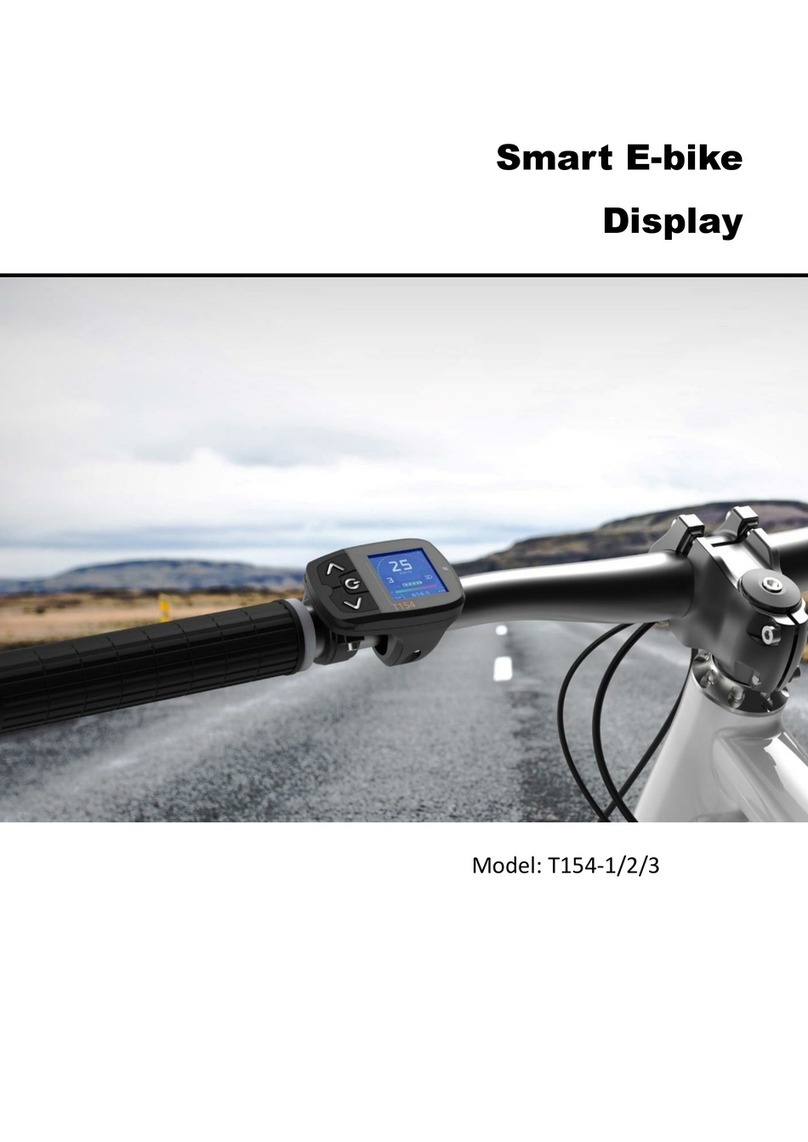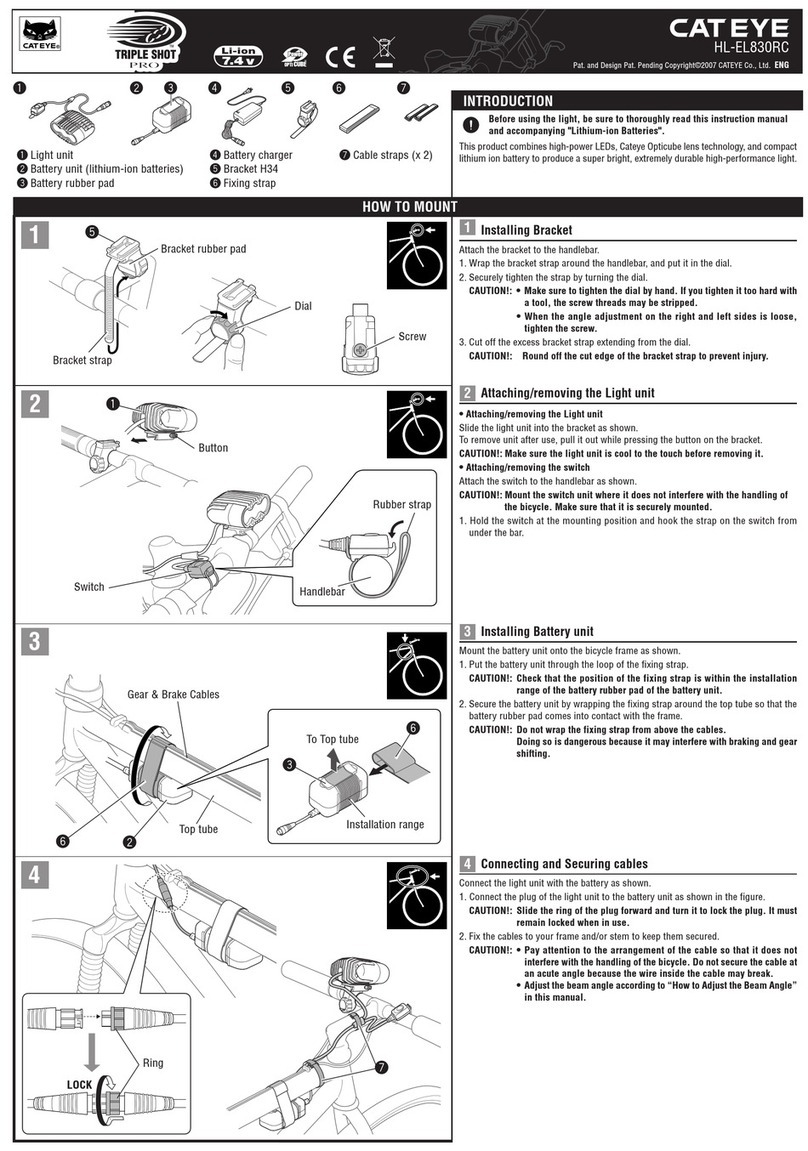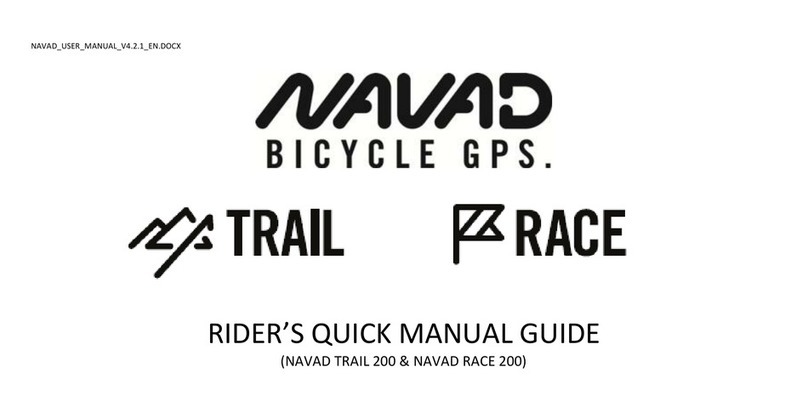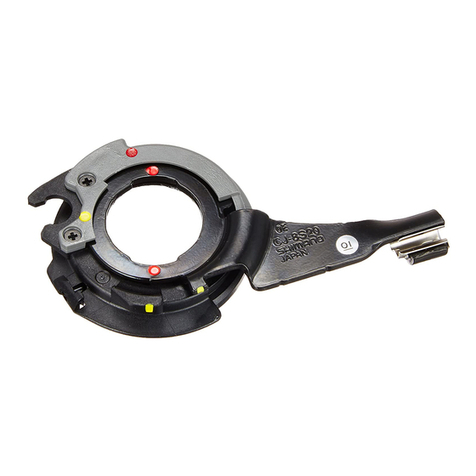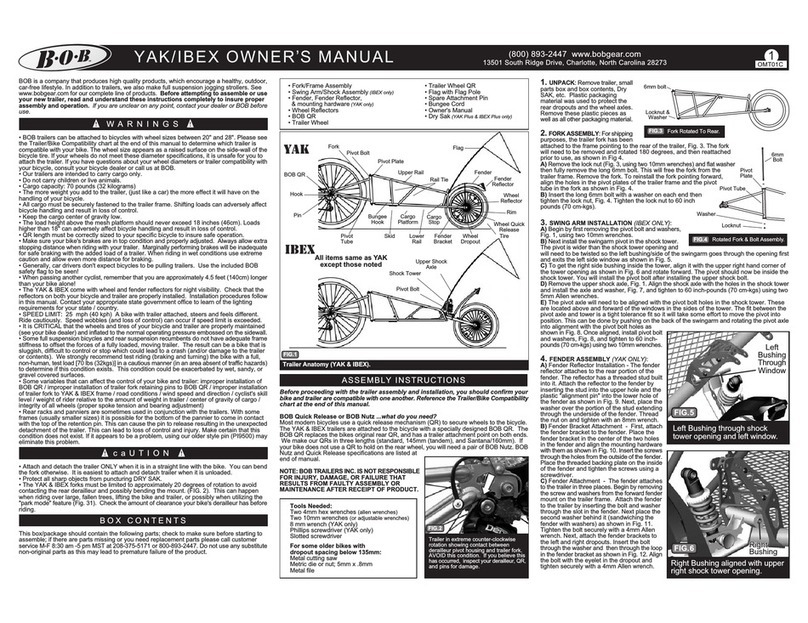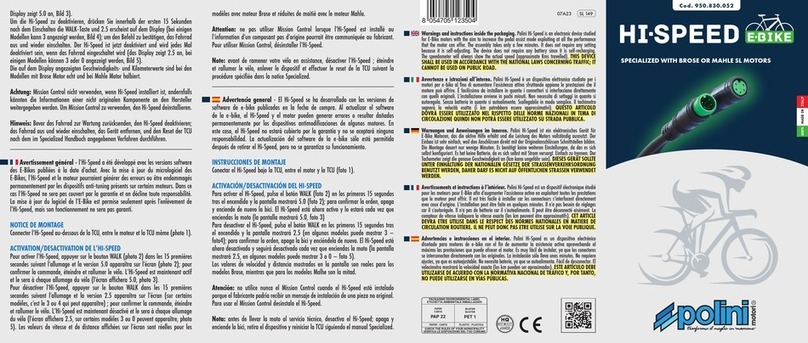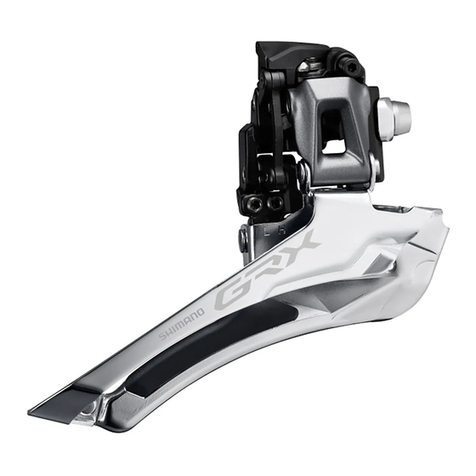
3
CONGRATULATIONS!
Thank you for choosing a FOX suspension product for your bicycle. FOX suspension products are designed and
tested by the finest professionals in the industry, in Santa Cruz County, California, USA.
Follow the guidelines and instructions provided in this owner’s guide, so that you are able to properly set up, use,
and maintain your new FOX product.
More information and videos are available at http://www.ridefox.com/OwnersManuals, or call FOX US at
1.800.369.7469, email mtbservice@ridefox.com, or contact an Authorized International FOX Service Center at
http://www.ridefox.com/GlobalDistributors. If access to the Internet is not available to you, contact FOX to order a
paper copy of the online FOX owner’s manual for your product, free of charge.
WARNING AND SAFETY INFORMATION
The Live Valve system will come installed from the factory.
However, the battery must be charged and the system must
be calibrated before the first use. Improper calibration and/
or set up may cause the system to function improperly or
unexpectedly, which could cause a loss of control and lead to
SEVERE INJURY OR DEATH.
Improper cable routing of the Live Valve system may cause
cable damage, which could cause a loss of control and lead to
SEVERE INJURY OR DEATH.
DO NOT use a power washer or any high-pressure
cleaning methods.
DO NOT discard the battery’s rubber protective cover. This
protective cover is critical battery to protect the battery while
it is in storage or being transported away from the controller.
DO NOT discard the controller’s protective cover. This
protective cover is critical for protecting the main controller
when the battery is not connected (for example, during
charging o the bike). The main controller can sustain
damage through exposure to elements such as water and
debris and must be covered.
Begin with the fork and shock compression adjusters in the
SOFT (open) position.
FOX products should be installed by a professional bicycle
service technician, in accordance with FOX installation
specifications. Improperly installed forks can fail, causing the
rider to lose control resulting in SEVERE INJURY OR DEATH.
Modification or alteration of a FOX product can cause product
failure resulting in SEVERE INJURY OR DEATH. Never modify
or alter ANY part of a FOX product (including lower leg cross
brace, crown, steerer, upper tubes, lower leg, air can, seat post,
air volume spacers, internals, axle slit shims, axle adapters, or
any other parts).
FOX bicycle suspension products may also be used on pedal-
assisted motorized cycles or motorized vehicles that produce
less than 250 watts of power. DO NOT use FOX Bicycle
suspension products on vehicles that produce 250 watts of
power or more.
FOX E-BIKE OPTIMIZED suspension products may be used on
motorized cycles or motorized vehicles producing between
250-500 watts of power. DO NOT use any FOX bicycle
suspension product on any pedal-assisted motorized cycle or
motorized vehicle that produces more than 500 watts
of power.
DO NOT use any FOX bicycle suspension products or FOX
E-BIKE OPTIMIZED suspension products on any pedal-
assisted motorized cycle or motorized vehicle that produces
more than 500 watts of power. DO NOT use any FOX bicycle
suspension product on any throttle-equipped
motorized vehicle.
Misuse of FOX suspension products may cause the suspension
to fail, resulting in property damage or SERIOUS INJURY OR
DEATH, and void the warranty.
DO NOT use FOX bicycle suspension products on any vehicle
carrying more than one operator or rider, such as a tandem
bicycle or heavy utility bicycle.
Do not remove or replace the steerer tube. This could result in
the loss of control of the bicycle and SEVERE INJURY
OR DEATH.
Never attempt to remove or replace the steerer or upper
tubes independently from the crown. Modifying the
integrated crown, steerer, or upper tubes can cause an
assembly failure, resulting in a loss of control of the bicycle
and SEVERE INJURY OR DEATH.
Do not cut the steerer more than three (3) mm below the
uppermost installed part. If the steerer length is mistakenly
cut too short, it MUST BE REPLACED! Using a fork with
clamped steerer engagement that is too short can lead to
sudden fork failure, which can cause loss of control of the
bicycle resulting in SEVERE INJURY OR DEATH.
If the steerer tube has any nicks or gouges that can be felt
with your fingernail, the crown/steerer tube assembly must
be replaced. A nick or gouge can cause the steerer tube to
fail, resulting in a loss of control of the bicycle and SEVERE
INJURY OR DEATH.
Never attempt to cut threads into the threadless steerers of
FOX forks. Cutting threads into a threadless steerer can cause
the steerer tube to fail, resulting in a loss of control of the
bicycle and SEVERE INJURY OR DEATH.
ENGLISH
